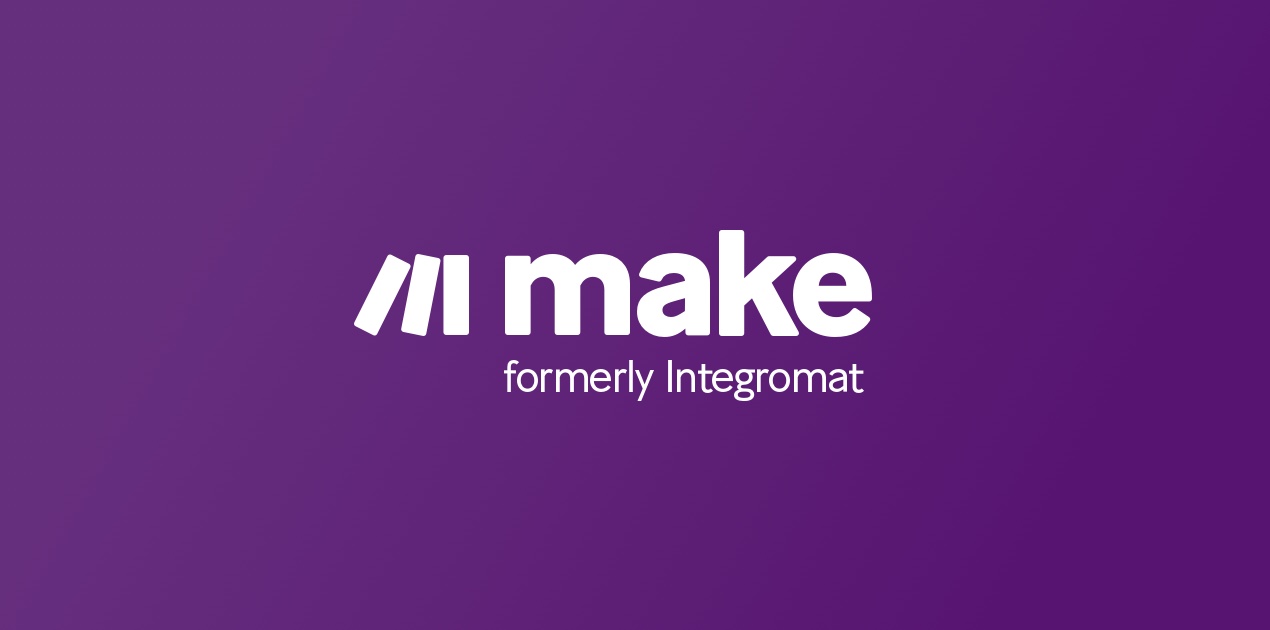**Product Description:**
This workflow creates a text message bot that uses AI to have human-like conversations with users. The chatbot uses a large language model to understand and generate text responses. It’s powered by **n8n**, a workflow automation tool, and uses **OpenAI’s GPT** technology for understanding and generating text. Extra scripts or APIs can be added to enhance the chat experience. This chatbot can be used for companionship, user assistance, or engaging community members. It also collects information about user sentiments and preferences through informal chatting.
**Workflow Steps:**
1. **Setup n8n:** Set up n8n with a webhook node that accepts incoming messages from messaging platforms, such as SMS, WhatsApp, or Telegram.
2. **Clean up Input:** Connect the webhook to a function node that will clean up the incoming message text – removing extra spaces or correcting basic typos – using a short Python script.
3. **Use OpenAI:** Send the cleaned-up text to an OpenAI API node, to interact with the GPT-3 model and create a contextual response.
4. **Check Content:** Make sure the response adheres to guidelines and avoids inappropriate content by using the `content-moderation-v1` tool from another OpenAI API node.
5. **Improve Response:** If necessary, send the response from step 3 to a Python node that uses NLTK or another natural language processing library to make the bot’s response more engaging.
6. **Learn from User:** Connect a Function node to record user interactions and learn from preferences or frequently discussed topics.
7. **Format Response:** Use a switch node to format the final response for the messaging platform being used, so it can properly display things like emojis or line breaks.
8. **Send Response:** Use the platform’s API, for example, Twilio for SMS, to send the response back to the user.
9. **Handle Errors:** Add an Error Workflow trigger that can catch any errors or issues with the API calls, alert the administrator of the problem, and provide fallback responses if necessary.
10. **Collect Data:** Add an analytics node to collect conversation metrics such as length, user engagement, and topics. This data will help to improve the conversation and report on the results.
11. **Store Data:** Connect a node to store conversations in a secure, encrypted database that adheres to privacy laws and user consent.
12. **Ask for Feedback:** Add a feedback mechanism by having the bot occasionally prompt users to rate their conversation experience. This data can be sent to a dashboard for review.
By keeping each step separate, each node can be updated or replaced without interrupting the whole workflow. The chatbot can scale up to match increased user numbers and conversations, and still provide value by subtly collecting data while chatting with or entertaining users.

